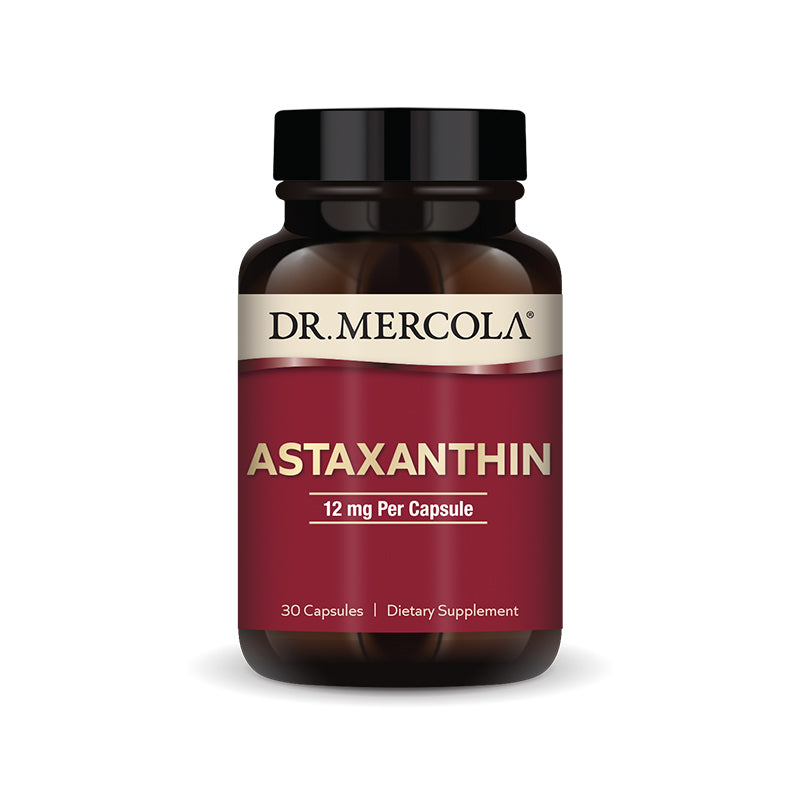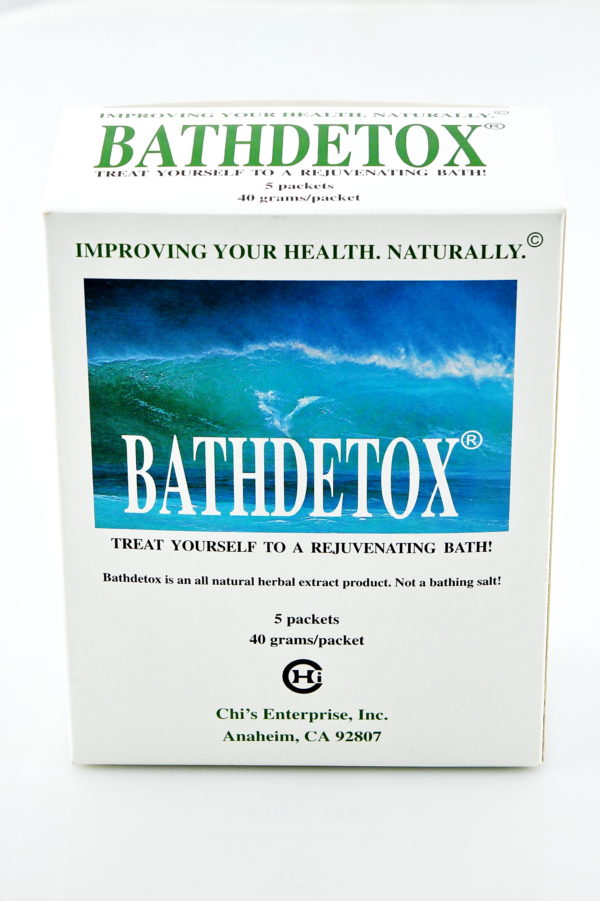Cart
0
by Glen Depke
Why do I do countless amounts of research and attend workshops/lectures even when I feel like I could be doing delivering the workshop/lecture rather than being an attendee? I do this for the hope of the golden nugget. You know, that little bit of new information that can change someone’s life. Well, I have some new info to share. I remember learning functional healing while I was working with Dr Mercola in his office in the Chicago are. Joe (Dr Mercola) had connected with one of the leaders in functional medicine, Dr Daniel Kalish, to teach us his protocols to provide a higher level of success for the patients in Dr Mercola’s clinic. I remember one time Dan sharing that he can look at similar labs, as far as dysfunctional, yet witness two completely different expressions of symptoms. He mentioned that one of those factors is exercise. In Dan’s years of experience in functional medicine, he shares that those who exercise can ward off symptoms much easier than those that do not exercise. To understand though, when you are looking at adrenal results overall, it is important for everyone to include movement (exercise) into their daily routine. I was taught that those with a stage II or deeper adrenal issue should limit their exercise to anaerobic activity. You know, weight training, gentle flow yoga, stretching and a casual walk or bike. This was due to the fact that a elevated heart rate for and extended length of time could actually worsen adrenal function. Your hearing it here first. Based on new information and research I am changing this recommendation, so hear you go. I am still in agreement that an extended length of a raised heart rate would be a challenge for the adrenals but high intensity training for short periods could actually assist your circadian rhythm and overall hormone balance while also raising growth hormone and assisting in developing new neural pathways. How about that? So what do I mean high intensity training for short durations? This is doing a particular movement for with extremely high intensity for at least 1 minute but up to 5 minutes. As an example, I jump on the treadmill for 5 minutes to warm up prior to lifting weights. Now that I understand the full benefits of the high intensity training, I did a slow jog at 3.5 miles per hour for the first minute, then I kicked it up to 7 miles per hour for 1 minute, knocked it back down to 3.5 for a 2 minute recovery and the last minute back up to 7 miles per hour. For me personally, 7 miles per hour is really pushing it and that is what’s needed. Others may push it at less and many others will look at 7 miles per hour as slow, but it is important to know your limits and push just beyond for that 1 to 5 minutes. The exercise does not need to be running though, you could do this on a bike, rebounder or other exercises. The key it to do short high intensity for 1 to 5 minutes. Here is a recommendation that is in my Fundamentals of Health that I provide for new clients. High Intensity Training (3 times weekly)
Why do I do countless amounts of research and attend workshops/lectures even when I feel like I could be doing delivering the workshop/lecture rather than being an attendee? I do this for the hope of the golden nugget. You know, that little bit of new information that can change someone’s life. Well, I have some new info to share. I remember learning functional healing while I was working with Dr Mercola in his office in the Chicago are. Joe (Dr Mercola) had connected with one of the leaders in functional medicine, Dr Daniel Kalish, to teach us his protocols to provide a higher level of success for the patients in Dr Mercola’s clinic. I remember one time Dan sharing that he can look at similar labs, as far as dysfunctional, yet witness two completely different expressions of symptoms. He mentioned that one of those factors is exercise. In Dan’s years of experience in functional medicine, he shares that those who exercise can ward off symptoms much easier than those that do not exercise. To understand though, when you are looking at adrenal results overall, it is important for everyone to include movement (exercise) into their daily routine. I was taught that those with a stage II or deeper adrenal issue should limit their exercise to anaerobic activity. You know, weight training, gentle flow yoga, stretching and a casual walk or bike. This was due to the fact that a elevated heart rate for and extended length of time could actually worsen adrenal function. Your hearing it here first. Based on new information and research I am changing this recommendation, so hear you go. I am still in agreement that an extended length of a raised heart rate would be a challenge for the adrenals but high intensity training for short periods could actually assist your circadian rhythm and overall hormone balance while also raising growth hormone and assisting in developing new neural pathways. How about that? So what do I mean high intensity training for short durations? This is doing a particular movement for with extremely high intensity for at least 1 minute but up to 5 minutes. As an example, I jump on the treadmill for 5 minutes to warm up prior to lifting weights. Now that I understand the full benefits of the high intensity training, I did a slow jog at 3.5 miles per hour for the first minute, then I kicked it up to 7 miles per hour for 1 minute, knocked it back down to 3.5 for a 2 minute recovery and the last minute back up to 7 miles per hour. For me personally, 7 miles per hour is really pushing it and that is what’s needed. Others may push it at less and many others will look at 7 miles per hour as slow, but it is important to know your limits and push just beyond for that 1 to 5 minutes. The exercise does not need to be running though, you could do this on a bike, rebounder or other exercises. The key it to do short high intensity for 1 to 5 minutes. Here is a recommendation that is in my Fundamentals of Health that I provide for new clients. High Intensity Training (3 times weekly)
- Do as many pushups as possible for 60 seconds and rest for 2 minutes
- Do as many crunches as possible for 60 seconds and rest for 2 minutes
- Do as many squats with a ball against the wall for 60 seconds and rest for 2 minutes
- If you are able repeat this for one more set












